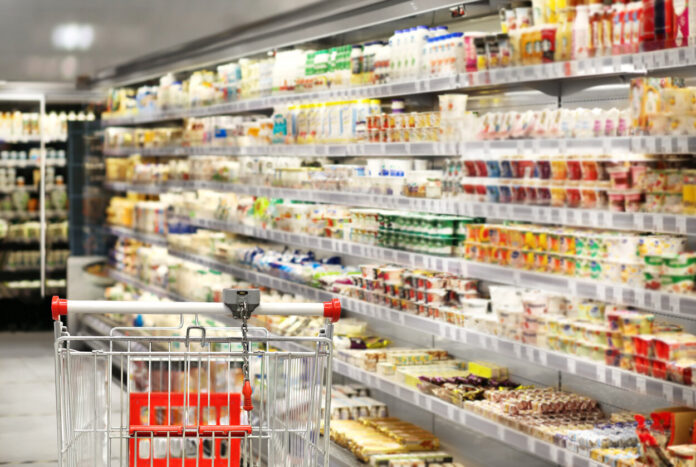For nearly seven months, inflation has been breaking all records in France. The general price increase has indeed become sustainable as its name suggests. Purses are suffering, and as a result, the purchasing power of the French is in freefall. Even if some brands try to save the day for their customers through various promotional measures or so-called “solidarity or anti-inflation” baskets.
The National Institute of Statistics and Economic Studies (Insee) has released the figures concerning the evolution of prices in supermarkets. In March, the course of prices saw an increase of more than 5.7%, while the month of February was marked by a surge of 6.3% in prices. These statistics show a slight improvement even if there is still a long way to go and the coming months could be much worse. The food market rose 14.8% in February against 15.9% in March.
All these figures are obviously linked to the cost of energy, which is also on the rise. Despite the tariff shield put in place in 2021, the month of February saw an increase of 14.1% compared to 4.9% in March.
If these figures mentioned above show a massive increase, some territories are more spared than others, and vice versa. According to statistics compiled by Franceinfo in collaboration with the NielsenIQ institute, the South-East of France and the Paris region are the painkillers of this increase in costs. To name a few, the Var, the Alpes-Maritimes, the Hautes-Alpes, the Rhône, the Yvelines are on red alert. On the other hand, certain areas are preserved, but are subject to inflation at their own pace. Among them, the western axis stands out: Charente-Maritime, Vendée, Loire-Atlantique, Ille-et-Vilaine, Mayenne and Sarthe.
Find below the details of the departments most affected by the price increase.















